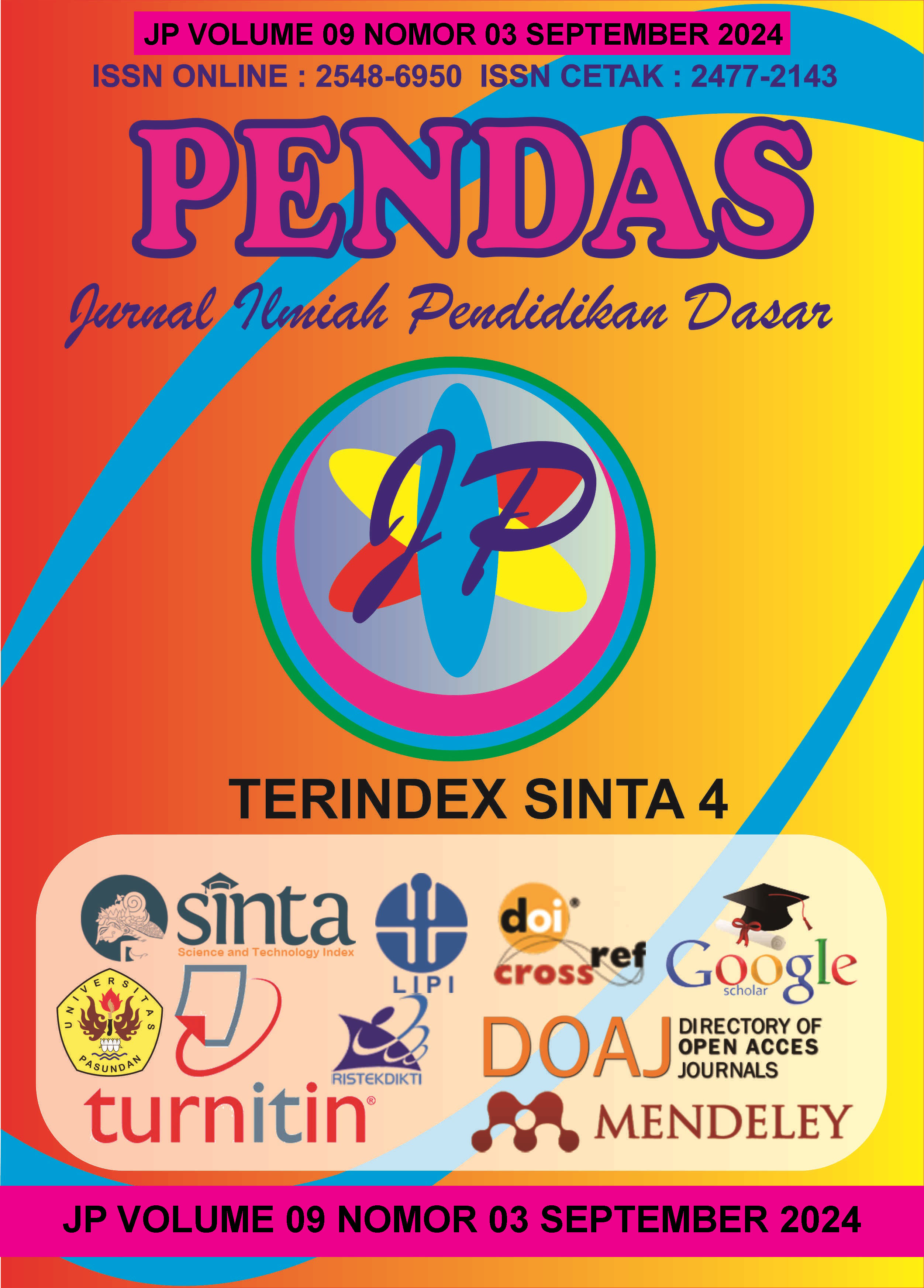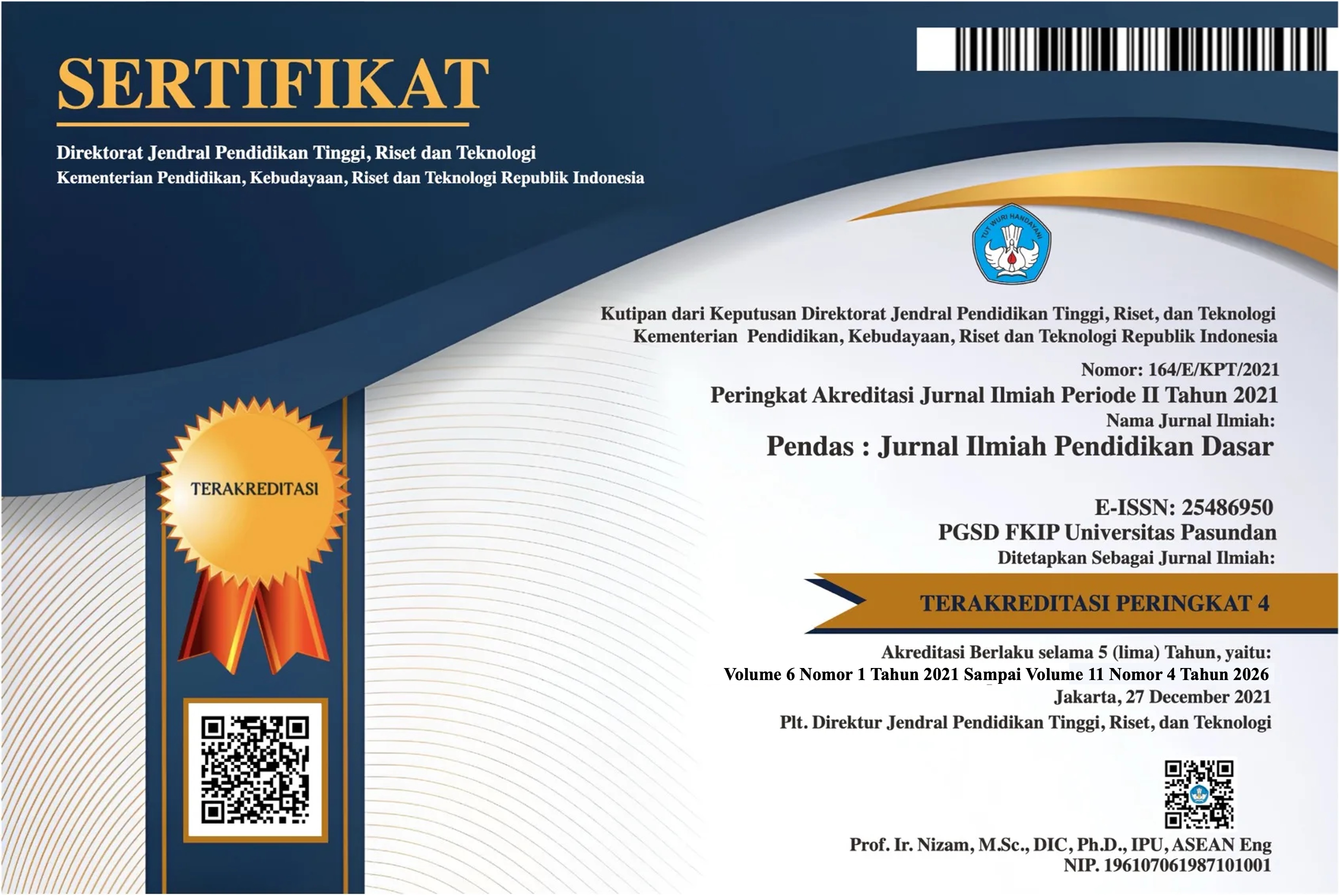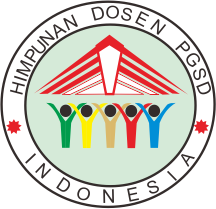LITERATURE REVIEW : HUBUNGAN SELF DISCLOSURE DENGAN FENOMENA HYPERHONEST PADA REMAJA
DOI:
https://doi.org/10.23969/jp.v9i3.15782Keywords:
hyperhonest, identity, self-disclosure, social media, teenagers, social relationshipsAbstract
The influence of adolescent self-disclosure in the context of social media use, especially related to the hyperhonest phenomenon. Self-disclosure on social media allows teenagers to reveal personal information intensively, which can influence the formation of their identity and social relationships. This research uses a literature study approach to compile and analyze various relevant literature sources regarding adolescent self-disclosure and the hyperhonest phenomenon on social media. The selected literature sources include journal articles, books, and dissertations that examine this topic from various perspectives. Teenagers' elf-disclosure in social media provides a platform that allows them to develop their self-identity in a broader and deeper way. Features like “Close Friends” on Instagram influence the intensity of self-disclosure by creating a more restricted and intimate environment. However, uncontrolled use of self-disclosure can also pose risks to teenagers' privacy and mental health. Adolescents' self-disclosure on social media plays an important role in shaping their identity and social relationships. By disclosing personal information online, teens can construct narratives about themselves and strengthen social bonds with their peers. However, it is important to pay attention to wise privacy management and awareness of the psychological impact of intensive self-disclosure.
Downloads
References
Aggriany, Z. M., & Kustiawan, W. (2023). Analisis Penggunaan Media Sosial Twitter Sebagai Media Curhat oleh Kalangan Muslim Generasi Z. Reslaj: Religion Education Social Laa Roiba Journal, 5(6), 3118-3133.
Azizah, M. (2023). Hubungan Antara Impression Management Dan Trust Dengan Negative Emotional Disclosure Di Media Sosial Pada Mahasiswa (Doctoral dissertation, Universitas Islam Sultan Agung).
Chiquita, O. C., & Febriana, P. (2023). Analisis Fenomena Hyperhonest Penggunaan Fitur Instagram Close Friends Dalam Batasan Privasi. KOMUNIKATIF: Jurnal Ilmiah Komunikasi, 12(1), 25-36.
Edria, A. L., & Saragih, M. Y. (2024). Fitur “Status” Jurnalisme Media Sosial Whatsapp Sebagai Bentuk Self-Disclosure Pada Remaja Generasi Digital Native. Jurnal Noken: Ilmu-Ilmu Sosial, 10(1), 126-137.
Hamzah, R. E., & Putri, C. E. (2020). Analisis Self-Disclosure Pada Fenomena Hyperhonest Di Media Sosial. Jurnal Pustaka Komunikasi, 3(2), 221-229.
Harahap, D., & Hendriyani, H. (2023). Motivation, Self Disclosure dan Psychological Well Being pada Perempuan Dewasa Muda Ibu Kota Melalui Media Sosial Instagram. Journal of Education, Humaniora and Social Sciences (JEHSS), 6(2), 744-759.
Nawwaf, M. N., Indriani, W., Maharani, W., & Yundianto, D. (2022). Analysis Of Self Disclosure On Users Of Pseudonym Accounts Which Display Toxic Disinhibition On Twitter Social Media: A Literature Study. In International Conference Of Humanities And Social Science (ICHSS) (pp. 402-409).
Saputri, M. R. J., Aisyah, V. N., Kom, S. I., & Kom, M. (2022). Analisis Keterbukaan Diri Melalui Akun Twitter@ Mahasiswaums (Doctoral dissertation, Universitas Muhammadiyah Surakarta).
Tsani, L. M., & Raihana, P. A. (2022). Hubungan Pola Asuh Otoritatif dengan Keterbukaan Diri Pada Masa Emerging Adult (Doctoral dissertation, Universitas Muhammadiyah Surakarta).
Wibisono, H. E. G., & Pratisti, W. D. (2022). Self-Disclosure of Generation Z. Proceeding ISETH .International Summit on Science, Technology, and Humanity. 282-288.
Downloads
Published
Issue
Section
License
Copyright (c) 2024 Pendas : Jurnal Ilmiah Pendidikan Dasar

This work is licensed under a Creative Commons Attribution 4.0 International License.



















